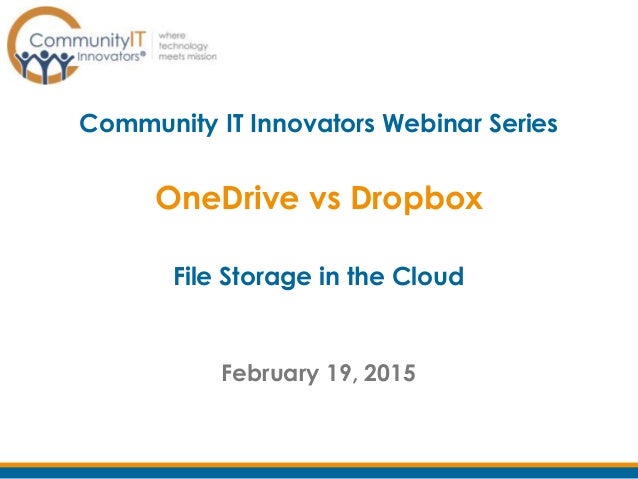


The service organizes your files by type for you, so it's easy to find what you need. You can store any kind of file in the service, including photos, video and documents, and then access them from any of your Windows PCs or mobile devices. However, anyone can use it on the Web, by downloading a desktop app for Mac and earlier versions of Windows, or the OneDrive Android, iOS, Windows Phone and Xbox apps. Those who use Windows 8 and 10 have OneDrive built into their operating system, where it shows up in the file explorer next to all of the files on your computer's hard drive. For a full run-down of its features, pricing and availability, check out CNET's guide to Apple iCloud Drive.įirst up is OneDrive, Microsoft's storage option. If you do use mostly Apple products, it's a solid choice for cloud storage. I didn't include it here because the service is not available for Android and it's really meant to be used within the Apple ecosystem, meaning if you use Mac computers and iOS devices together. ***Amazon Cloud Drive offers limited free storage with an Amazon Prime subscription.īefore we get started, just a note about Apple's iCloud Drive. It will also no longer let you earn free storage. **In early 2016, Microsoft will change its free storage from 15GB to 5GB and offer a $2 per month for 50GB paid plan instead of its earlier offerings. *There is no file size limit with desktop apps. Windows, Mac, Android, iOS, Windows Phone, BlackBerry Windows, Mac, Linux, Android, iOS, Windows Phone, BlackBerry, Kindle Fire Windows, Mac, Android, iOS, Windows Phone $12/year for unlimited photos, $60/year for unlimited files 10GB with website, none with Dropbox appsĢ50MB for free plan, 5GB for paid personal plan


 0 kommentar(er)
0 kommentar(er)
